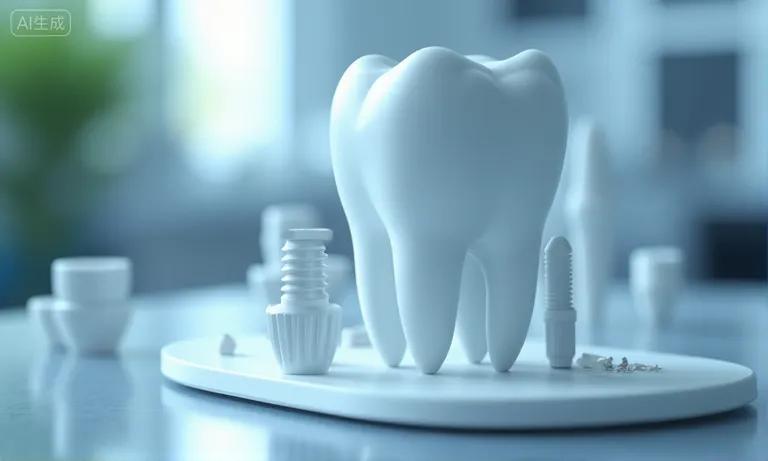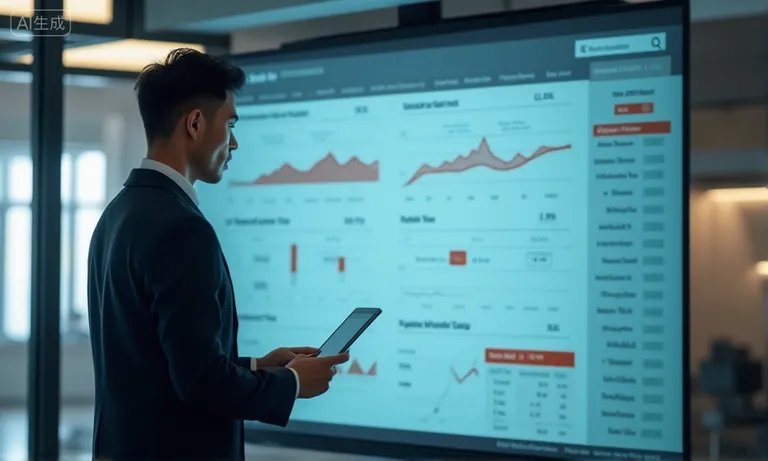3D printing is transforming implant workflows by lowering costs and strengthening financial returns for both dental practices and procurement teams. Its ability to streamline processes, reduce material waste, and enable in-house production makes operations more efficient and profitability more sustainable.
The financial impact is multi-dimensional. Savings come from reduced manual labor, optimized material use, and less dependence on outsourcing. At the same time, efficiency gains are realized through shorter turnaround times, faster chairside workflows, and the ability to manage higher case volumes. Quality improvements—such as fewer remakes, lower adjustment needs, and enhanced patient satisfaction—further minimize hidden costs.
For procurement leaders, ROI must be measured beyond upfront price. Transparent supplier metrics like turnaround speed, remake rates, and cost-performance balance provide a clearer view of long-term value. By weighing these factors, decision-makers can ensure that 3D-printing-enabled labs not only reduce immediate costs but also deliver measurable, sustainable value in implant restoration partnerships.
What Are the Main Cost Savings Drivers of 3D Printing in Implant Restorations?
3D printing reduces costs in dental implant production by cutting manual labor, lowering material waste, and streamlining digital workflows. When in-house production is adopted, outsourcing and shipping fees are also minimized. Together, these savings build a strong ROI foundation for procurement teams balancing quality with cost-effectiveness.

Dental-lab-3D-printing-cost-savings
How does reduced manual labor translate into lower production costs?
Traditional workflows require multiple steps—wax-ups, casting, and layering—that are labor-intensive. 3D printing eliminates many of these processes, significantly reducing technician hours. For procurement, this means lower labor overheads, predictable cost structures, and fewer delays caused by staffing bottlenecks.
Why does optimized material usage and reduced waste matter for budgets?
- Additive manufacturing deposits only the material needed, minimizing offcuts compared to milling.
- Batch printing enables multiple cases per cycle with consistent material efficiency.
- Financial impact: Less waste translates into direct budget savings, especially in high-volume procurement scenarios.
How does a streamlined digital workflow eliminate redundant steps and expenses?
Digital workflows replace impression shipping, plaster modeling, and manual adjustments with a direct scan-to-print process. By removing redundant steps, labs reduce both material use and technician labor. For clinics, streamlined workflows reduce hidden costs like storage, shipping, and remake delays.
How does in-house production save on outsourcing and shipping fees?
By printing models, guides, or temporary restorations internally, clinics avoid international shipping costs and third-party outsourcing fees. While not every restoration is suitable for in-house production, using hybrid models—3D printing simple cases internally and outsourcing complex cases to overseas dental labs—provides the best balance of savings and scalability.
From our perspective as an overseas dental lab, we’ve seen procurement teams reduce overall costs by adopting this hybrid approach. When basic cases are managed internally and complex restorations are outsourced to a reliable partner like Raytops Dental Lab, the combined model maximizes savings without compromising quality.
How Does 3D Printing Improve Turnaround Time and Case Volume Efficiency?
3D printing accelerates implant workflows by reducing case delivery from weeks to days while optimizing chair time for clinics. Faster production allows more patients to be served in the same period, directly boosting operational efficiency and ROI for procurement teams.

Dental-lab-3D-printing-turnaround-efficiency
How does faster production shorten case delivery from weeks to days?
Digital files flow directly from intraoral scans into CAD/CAM design and then into 3D printing. This bypasses shipping, casting, and manual modeling, enabling provisional restorations or guides to be ready within 24–48 hours. Compared to traditional workflows that take two to three weeks, clinics gain significant scheduling flexibility and reduce patient waiting time.
Why does optimized chair time free capacity for more patients?
- Reduced adjustments: Accurate digital models require fewer chairside corrections.
- Shorter appointments: Faster placement means less time per patient.
- Capacity gain: Clinics can schedule more patients in a single day.
- Procurement benefit: More efficient use of chair time increases revenue potential while stabilizing supplier demand.
How does rapid prototyping support higher case volume and scheduling flexibility?
- Immediate iteration: If a surgical guide needs modification, it can be reprinted in hours.
- Parallel production: Multiple cases can be processed in a single print run.
- Flexible scheduling: Clinics can adjust appointments based on quicker availability of restorations.
- Scalable output: Labs support higher volumes without extending lead times.
Our experience as an overseas dental lab shows that hybrid adoption of 3D printing—clinics managing urgent cases in-house while outsourcing complex restorations—creates the best balance. This model allows procurement teams to increase case throughput while ensuring long-term stability in supply and quality.
What Role Does Quality and Remake Reduction Play in ROI?
High-quality restorations directly reduce hidden operational costs by minimizing remakes, callbacks, and adjustments. For procurement teams, this means that digital precision and a better patient fit translate into stronger ROI through improved efficiency, reduced waste, and higher satisfaction.

Dental-lab-3D-printing-quality-remake-reduction
How does digital precision reduce costly remakes and adjustments?
Digital workflows provide accuracy at every stage—from intraoral scanning to CAD design and final printing. This precision lowers the risk of marginal misfits, occlusion errors, or poor contact points, which are the most common reasons for costly remakes. By reducing these errors, procurement teams can better control budgets and avoid unplanned expenses.
Why does a precise, custom fit improve patient comfort and satisfaction?
- Comfort: Restorations that fit seamlessly reduce irritation and pressure points.
- Esthetics: Custom shaping ensures restorations match natural teeth, avoiding visible mismatches.
- Predictability: Patients experience fewer adjustments, building trust in the clinic’s reliability.
- Procurement impact: Higher satisfaction reduces the likelihood of complaint-driven remakes, lowering hidden costs.
How do fewer callbacks and complications lower hidden operational costs?
- Reduced chairside time: Fewer follow-up visits free appointment slots for new patients.
- Lower staffing costs: Less need for repeated clinical adjustments.
- Operational savings: Reduced callbacks improve scheduling flow and eliminate disruption.
- Procurement value: Cost savings are not only direct but also cumulative across multiple cases.
From our experience as an overseas dental lab, consistent quality assurance is the key to lowering remake rates. At Raytops Dental Lab, multi-stage QA checks have helped clinics achieve predictable fit and comfort, leading to fewer callbacks and higher ROI across implant restorations.
How Can Procurement Teams Accurately Measure ROI with 3D-Printing-Enabled Labs?
Procurement teams can measure ROI in 3D-printing-enabled labs by tracking cost-performance metrics, evaluating transparency in delivery and remake rates, and weighing long-term savings against initial setup costs. A structured evaluation framework ensures supplier partnerships remain cost-effective and sustainable.

Dental-lab-3D-printing-ROI-evaluation
What cost-performance metrics matter most in supplier evaluation?
- Turnaround time: Faster delivery supports higher patient throughput.
- Remake rate: A direct indicator of supplier quality and hidden costs.
- Material certification: Ensures compliance with biocompatibility and safety standards.
- Scalability: The ability to handle bulk orders without quality loss.
- Cost transparency: Predictable pricing models prevent budget overruns.
Why are transparency in turnaround times and remake rates critical?
Hidden variability creates procurement risks. A lab may offer competitive pricing but deliver inconsistent timelines or frequent remakes. Transparent reporting of turnaround metrics and remake rates enables procurement managers to forecast costs more accurately and compare suppliers on measurable performance, not just headline price.
How can long-term savings outweigh initial setup or equipment costs?
- Amortization: Equipment investments spread across hundreds of cases lower per-unit costs.
- Reduced outsourcing: Hybrid models minimize external fees over time.
- Efficiency gains: Faster workflows reduce indirect costs such as staff hours and chairside time.
- Sustainable ROI: Long-term savings in remakes and logistics often exceed initial investment.
As an overseas dental lab, Raytops Dental Lab has collaborated with procurement teams that benchmark ROI using turnaround speed and remake rates as key KPIs. This approach ensures that cost-effectiveness is evaluated not just on upfront expense, but on sustained performance and predictability.
Conclusion
3D printing delivers measurable ROI in dental implant restorations by driving cost savings, shorter turnaround times, and greater reliability. Reduced labor, optimized material use, and digital workflows cut expenses while enabling faster scheduling and higher patient throughput. At the same time, fewer remakes and improved patient comfort lower hidden operational costs. For procurement teams, the key is to evaluate ROI not only on upfront prices but also on turnaround consistency, remake rates, and supplier scalability. Partnering with an overseas dental lab such as Raytops Dental Lab ensures these benefits translate into predictable, long-term value across both clinical and business operations.


